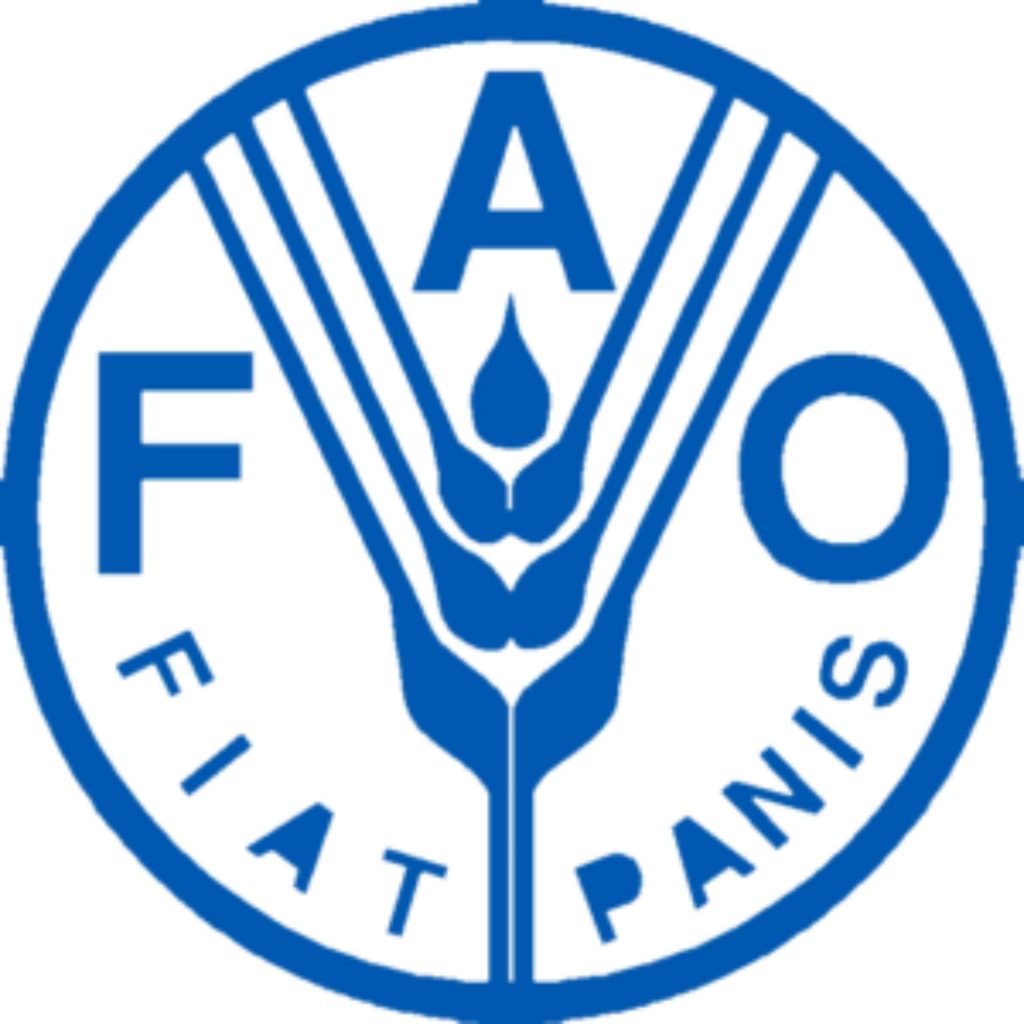
The Food and Agriculture Organization of the United Nations (FAO) indicates in its recently published annual report, ”The State of Food Security and Nutrition in the World 2022,” that there has been a significant reduction in the levels of undernourishment (hunger) in the Dominican Republic in 2021. Despite the pandemic, the country reports an undernourishment prevalence of 6.7% for 2021, while in the previous period (2018-2020) that figure was 8.3%.
The report indicates that there has been a 1.6% decline in the prevalence of undernourishment in the country. The FAO says this is a significant achievement for the Dominican Republic in the face of the current global food crisis situation. The decline is attributed to the the impact of public policies focused on the most vulnerable groups in strategic sectors.
The report explains that the part of the population that cannot access enough food to cover their energy demands was reduced from 900,000 to 700,000 people. In other words, 200 thousand families escaped the scourge of hunger.
This is mainly explained by the increase in resources and public policies aimed at ensuring the population’s access to basic foodstuffs.
The FAO report indicates that the agricultural sector continued to operate and receive direct assistance from the Dominican state, managing to maintain stable the availability of essential foods to the diet, and considerable increases in the production of rice, onions, sweet potatos, cassava, among others. Government loans benefited national production.
Another highlight was the per capita consumption of agricultural products, which increased by 6% when comparing the three-year period 2019-2021 with the 2016-2018 period, despite the impact of the pandemic.
In addition, there was a substantial growth in the consumption of eggs (30%), legumes, such as beans and pigeon peas (14%), and fruits (11%). This in turn shows an apparent trend towards diversification of the Dominican diet, beyond calorie consumption.
On the other hand, the expansion of the school breakfast to a complete feeding program, together with the extended school day (breakfast, snack and lunch), and the government’s decision to continue with the School Feeding Program even with the closure of classrooms, contributed to a better distribution of food.
This allowed parents or guardians to obtain school rations for their children during the most critical time of pandemic confinement.
The FAO report mentions the Superate welfare program, with beneficiary families reaching more than 1.5 million.
All this was accompanied by the action of civil society organizations, such as the food bank, churches and other actors, which functioned as food distribution and/or collection centers.
The FAO mentions the challenge of the rising cost of living. It also looks into the rising levels of obesity locally due to the replacement of healthy diets with diets based on ultra-processed foods. SOFI data show that in the Dominican Republic, 7.6% of children under 5 years of age suffer from overweight and 5.9% from chronic malnutrition, figures above regional rates.
The FAO report favors increased support for national agricultural production and targeting financial support exclusively for small farmers, providing them with technical assistance for financial management.
According to the report on food insecurity in the world published by the Food and Agriculture Organization of the United Nations (FAO), the Dominican Republic and Panama are the countries that have achieved the greatest reduction in hunger figures in the Latin American region.
Read more:
FAO – The State of Food Security and Nutrition in the World 2022
Presidency
El Dia
12 July 2022

